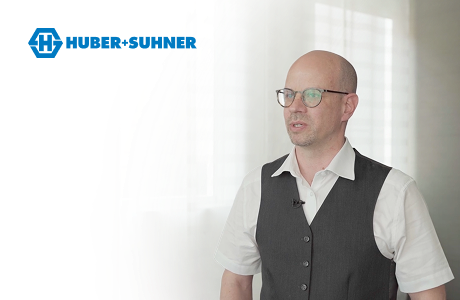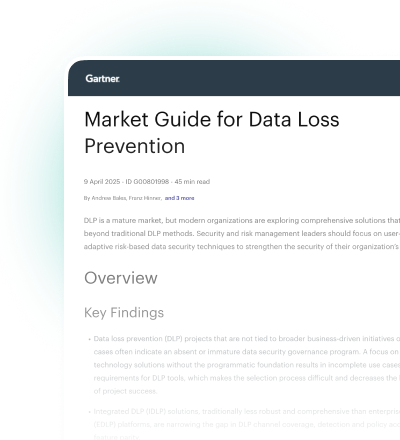Maximizing the Value of Your Enterprise DLP Investment
0 min read

The CIO of Forcepoint, Carl Eberling, and the company’s VP and GM, User and Data Protection, Eric Jackson, recently joined me for a webinar to discuss how organizations can maximize the potential of their enterprise DLP investment. We covered some interesting ideas and issues—here’s a preview of what to expect.
Striking the balance
We began by talking about how organizations can best strike the balance between keeping people productive and data secure. From Eric’s perspective, the most effective DLP strategy is to understand user intent and prevent data loss before it occurs – what we term ‘human-centric cybersecurity’.
Organizations don’t have the resources to decipher disparate data and chase false positives, he argued. They need a risk-adaptive approach that uses behavioral analytics to rapidly identify risk across datasets and take action, while minimizing the impact on people.
Carl made the point that the biggest threat to data comes from inside the organization, whether it’s unintentional or malicious data loss. The imperative is to replace sweeping rules with individual, adaptive data security that doesn’t slow staff down. Block actions only where you need to.
Embarking on a DLP project
Everyone agreed: the first step in a DLP project is to understand that information is always moving. Create a data repository today, for example, and a week later that data will have moved: new ingress and egress points, new users and more data. Those movements need to be monitored.
According to Eric, you also need to look on the DLP implementation as a journey. When you start a DLP strategy, for instance, you often don’t know what half the people are working on or how they are using data. As the journey evolves, that learning grows – and you can take action on those insights.
Tying risk to your DLP policy
Risk resides on a spectrum. It ranges from the complete lock-down of data, to data being wide open and available to all. Carl tends to favor risk as a productivity enabler, as opposed to it being part of the ‘organization that says no.’ In other words, allowing people to work the way they want to work, and then rigorously monitoring behavior. It comes down to stopping the bad and encouraging the good.
The concept of risk also resonates well with business leaders. Talk to them about behavioral analytics or protection policies and you lose their attention. Talk risk and they sit up and listen.
Learn more
These are just a few of the topics we cover in the Get the best from DLP webinar. Other topics included top DLP tips for security leaders and how DLP represents an opportunity to build a more informed user base. We also discuss a few case studies of how Forcepoint customers are tackling the threat of data loss in the real world.
In the Article
X-Labs
Get insight, analysis & news straight to your inbox

To the Point
Cybersecurity
A Podcast covering latest trends and topics in the world of cybersecurity
Listen Now









